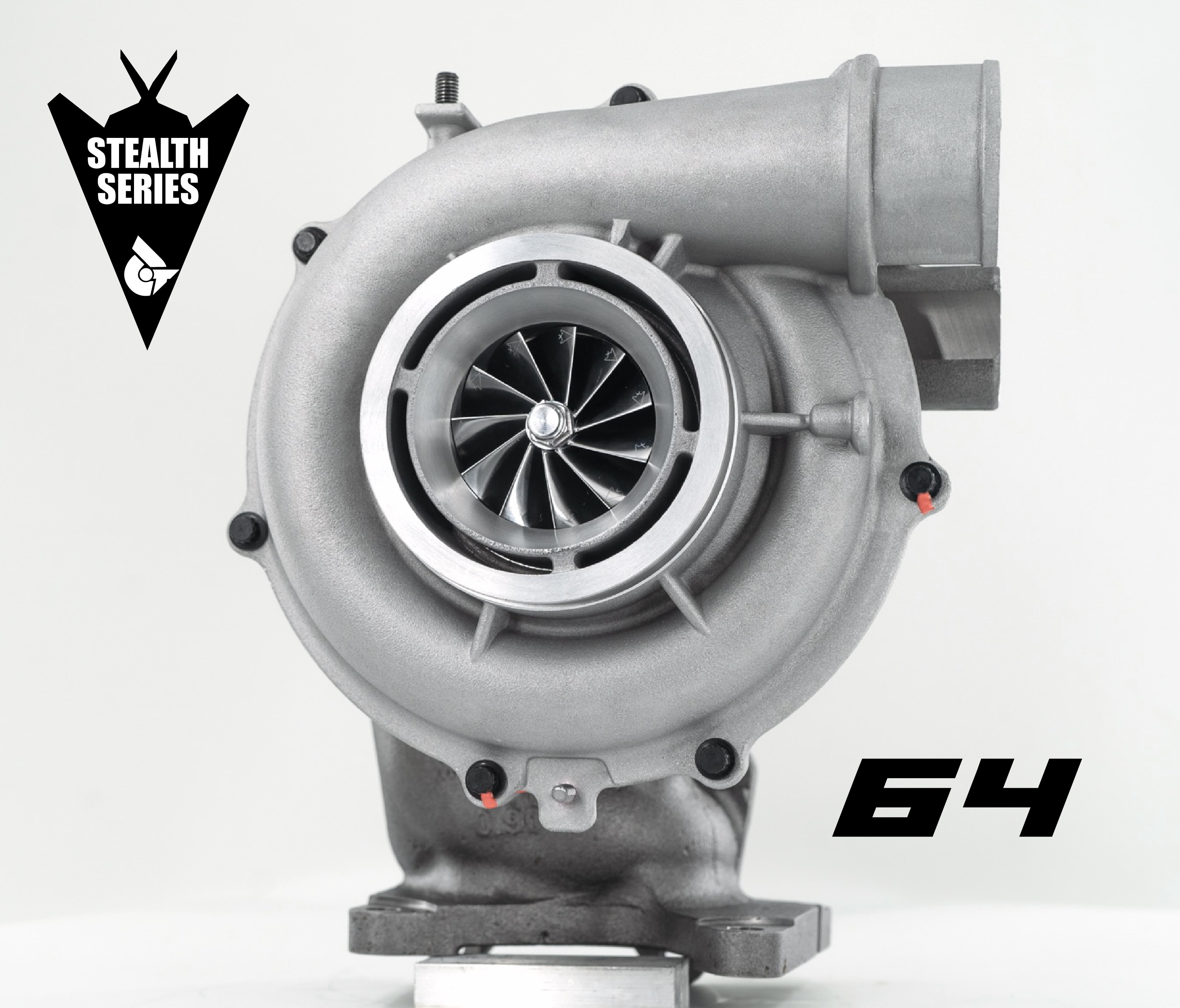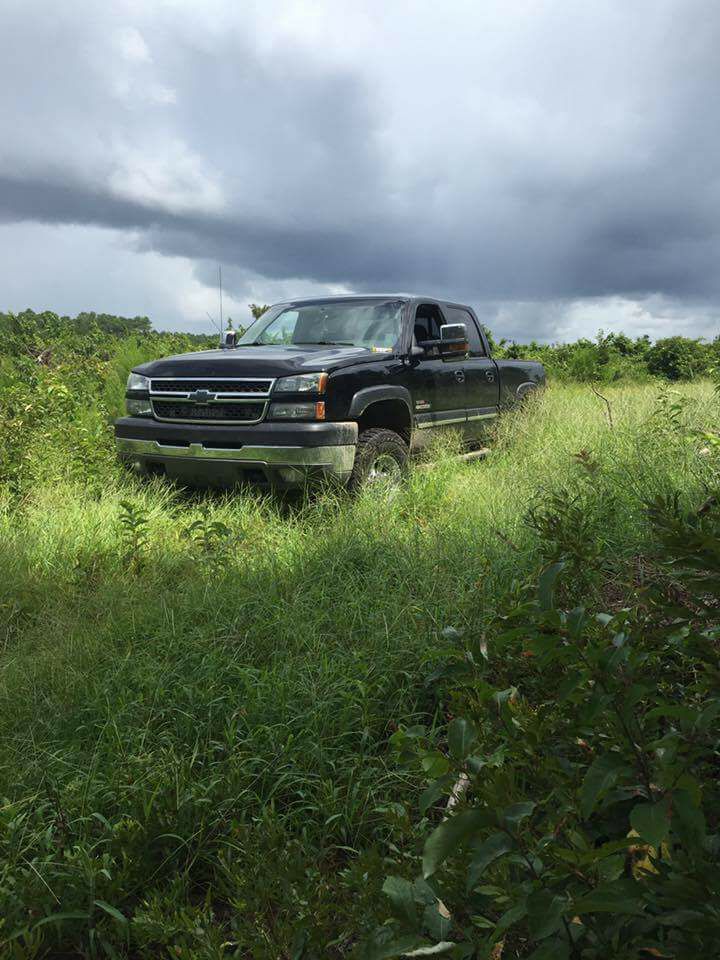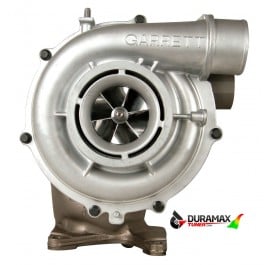With so many drop-in turbo upgrades to choose from it can be hard to make sure you're getting exactly what you want, and need, out of a drop-in turbo upgrade for your '04.5-'16 Duramax. Could your stock LLY, LBZ, LMM, or LML turbo be enough to crank out the power you're looking for if you really turned it up? Do aftermarket replacements really live up to their claims? Today we'll take an in-depth look at what you can expect out of varying levels of drop-in turbo upgrades for your 6.6L Duramax and compare them to what the your stock charger can provide. Below is the data from our in-depth engine dyno testing of a Stock VVT/LML turbo, Stealth STR, Stealth Mach 1, and Stealth Mach 2 turbo. All tests were conducted on a built LBZ engine connected to our Dyno-mite water brake engine dyno. This empirical data was gathered under real-world circumstances, with a serious effort made to control as many variables as possible for consistency. Installation, instrumentation, and operation of this engine through a gauntlet of tests that took several weeks.
Turbo and Test Descriptions
Dyno Engine: The platform that we will be using for this test is a 2007 6.6L LBZ Duramax that received the following upgrades before testing:
• Custom tuning
• S&B Cold Air Intake
• 100% over injectors
• 10mm CP3 pump
• Head studs
• Alternate firing order cam
• Upgraded pistons
• Upgraded crank shaft
• Upgraded connecting rods
These upgrades were necessary to be able to handle the power levels that we pushed this engine to during the testing of all 4 of these turbos.
Testing: We performed three tests to gauge the overall performance of each turbo in comparison to each other. Obviously the bigger the turbo, the more top end power. But what about all the other factors that go into creating that power like drive pressure, EGTs, air/fuel ratio, etc? What about in towing conditions and all-around drive-ability? The first test that we will present is the "Max Power" test which is your traditional dyno and power test. This test will provide a general comparison in terms of the difference in power that these different turbo options can produce. The second test presents spool up data and will give a good visualization of the difference in drivability and turbo lag that each turbo can provide. Finally our "Tow Test" is the ultimate data provider, providing insights on key data points including EGT's, drive pressure, air/fuel ratio Ect...



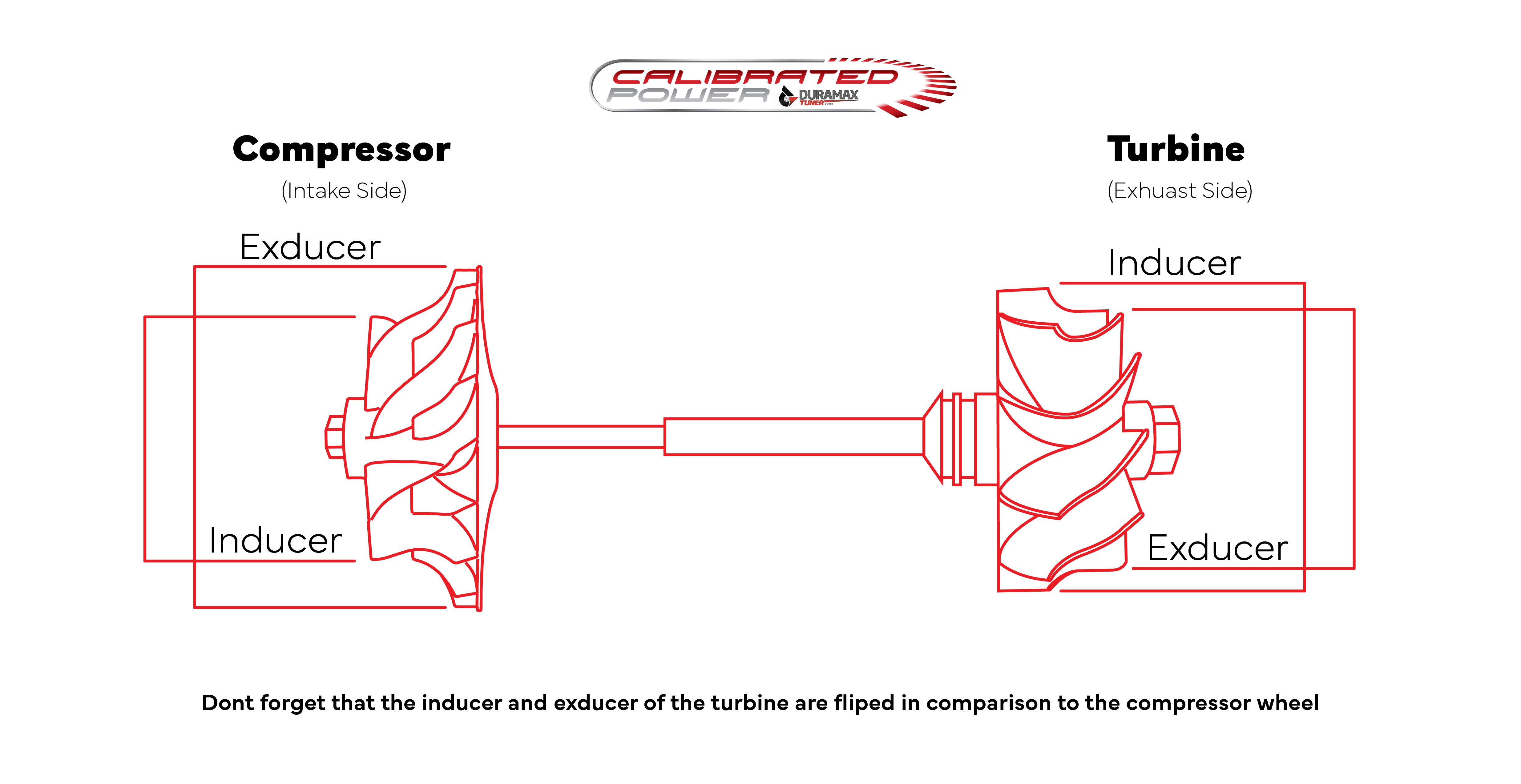

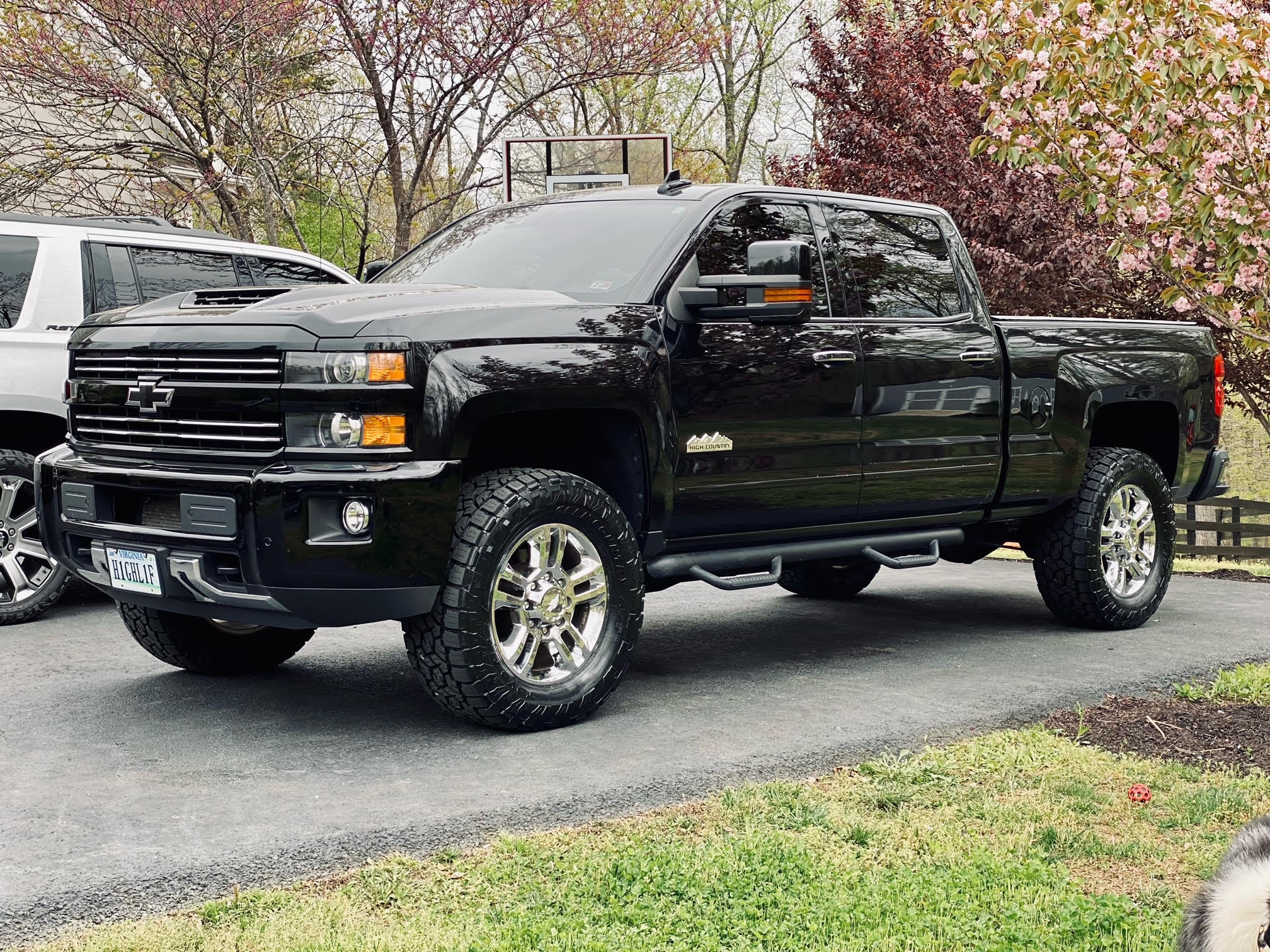

.jpg)

